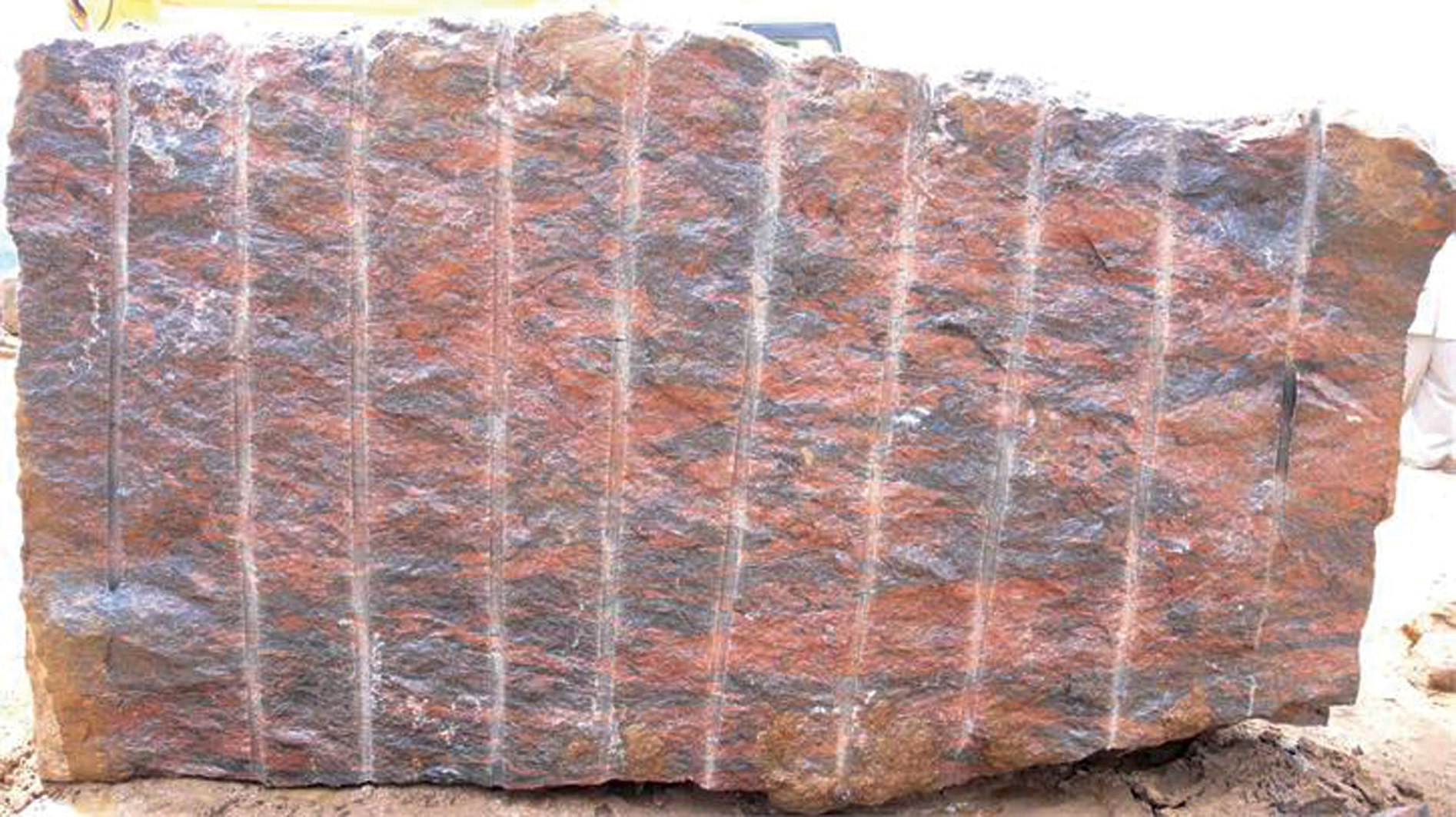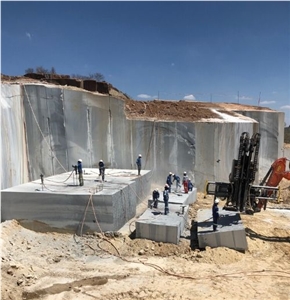A Journey Through Granite Quarries in South Africa: Introduction Nature's Virtuosity
A Journey Through Granite Quarries in South Africa: Introduction Nature's Virtuosity
Blog Article
Revealing the Mysteries of Granite Quarrying: Where Toughness and Elegance Meet
The world of granite quarrying is a realm where the raw toughness of nature merges with human artistry to create structures that stand the examination of time with an air of style. From the midsts of quarries to the meticulous polishing in workshops, the process of transforming granite right into building wonders is an intricate dancing of tradition and innovation. As we peer into the depths of this ancient craft, we begin to discover the concealed details that form the really significance of our built environment.
The Origins of Granite Quarrying
In the annals of architectural history, the origins of granite quarrying are shrouded in a tapestry of old workmanship and geological wonders. Going back to old Egypt and Mesopotamia, the removal of granite from quarries noted the start of a trip that would ultimately cause the development of a few of the world's most renowned structures.
Granite quarrying's roots can be traced to the competent artisans who recognized the rock's longevity and visual allure. With a combination of primitive tools and large resolution, these very early quarry workers unearthed granite blocks that would come to be the structure blocks of people.
As people developed, so did the techniques of quarrying granite. The Romans, renowned for their design expertise, established innovative methods for extracting granite to build monuments, temples, and roads that stood the test of time.
The heritage of these old quarrying techniques remains to shape modern architecture, with granite remaining a sign of stamina and beauty in building projects around the globe. (granite quarries in south africa)
Tools of the Quarrying Profession
The development of granite quarrying techniques from old human beings to modern-day times highlights the important duty played by the devices of the quarrying sell shaping the sector's methods. In ancient times, quarrying devices were basic, often being composed of chisels, hammers, and wedges made from products like bronze or iron. These tools called for significant workforce and time to extract granite obstructs from quarries.

Furthermore, the intro of pneumatic tools and high-powered machinery has considerably reduced the physical labor required in quarrying operations, boosting employee safety and security and performance. As the quarrying market remains to innovate, the devices of the profession stay at the leading edge of driving development and shaping the future of granite removal.
Removing Blocks of Granite
Making use of accuracy machinery and advanced strategies, the removal of granite blocks from quarries has become an innovative procedure in the contemporary quarrying industry. The initial action includes identifying the location and dimension of the granite deposit to determine find out one of the most reliable extraction method. As soon as an appropriate site is picked, the extraction procedure starts with the drilling of openings for the placement of explosives. Managed blasting strategies are then employed to damage apart the granite into convenient sections.

Sprucing Up and Finishing Techniques
To attain a perfect surface area on granite blocks, experienced Recommended Site craftsmens employ a series of thorough polishing and completing strategies. After the initial extraction and forming procedures, the granite blocks undergo a detailed polishing phase to improve their all-natural beauty and sturdiness.
In enhancement to sprucing up, completing methods are applied to further refine the granite's appearance. By meticulously picking and using these brightening and completing techniques, artisans can change raw Recommended Site granite obstructs right into charming pieces that showcase both strength and elegance.

Environmental Influence and Sustainability
With the expanding focus on environmental consciousness in the market, granite quarrying techniques are increasingly inspected for their effect on all-natural sources and long-term sustainability. Additionally, the transportation of granite from quarries to processing facilities produces carbon discharges, better adding to ecological degradation.
To reduce these effects and make sure sustainability in granite quarrying, sector stakeholders are taking on numerous actions. Implementing advanced technologies to reduce energy usage and water usage, reclaiming quarried land for ecological remediation, and promoting responsible sourcing practices are some techniques being employed. Accreditations such as the Woodland Stewardship Council (FSC) and the Management in Power and Environmental Style (LEED) aid customers determine ecologically pleasant granite items.
Conclusion
Finally, granite quarrying is a procedure that needs specialized devices and methods to remove blocks of granite and polish them to a high degree of coating. While the environmental impact of quarrying can be substantial, efforts are being made to improve sustainability methods in the industry. In general, granite quarrying is a delicate balance between harnessing the stamina and style of this all-natural stone while reducing its influence on the atmosphere.
Report this page